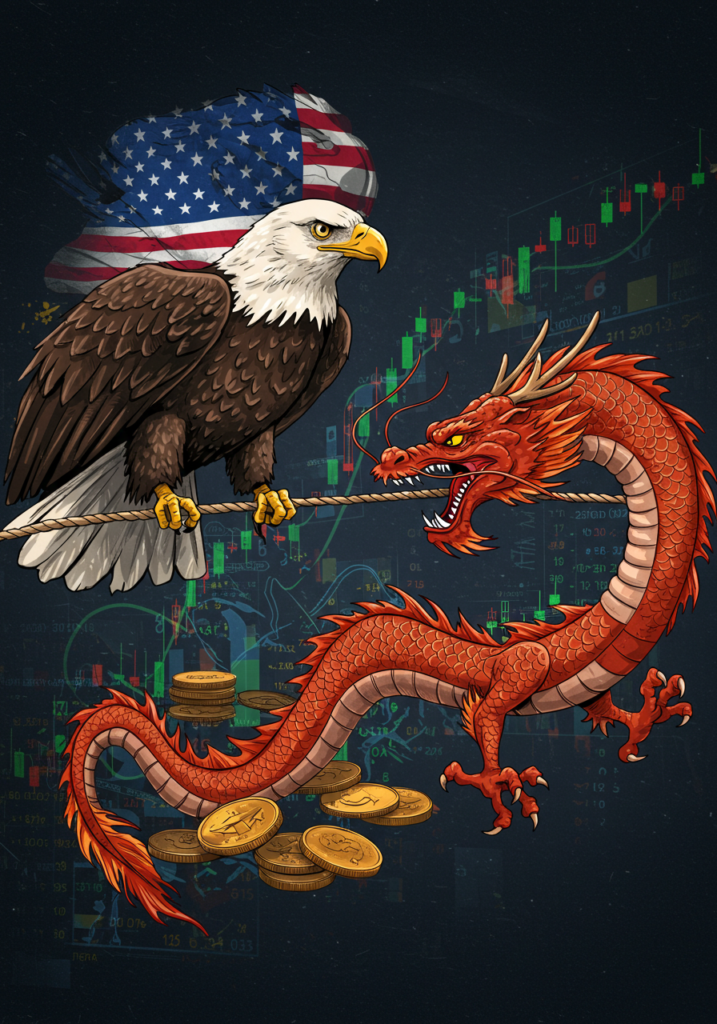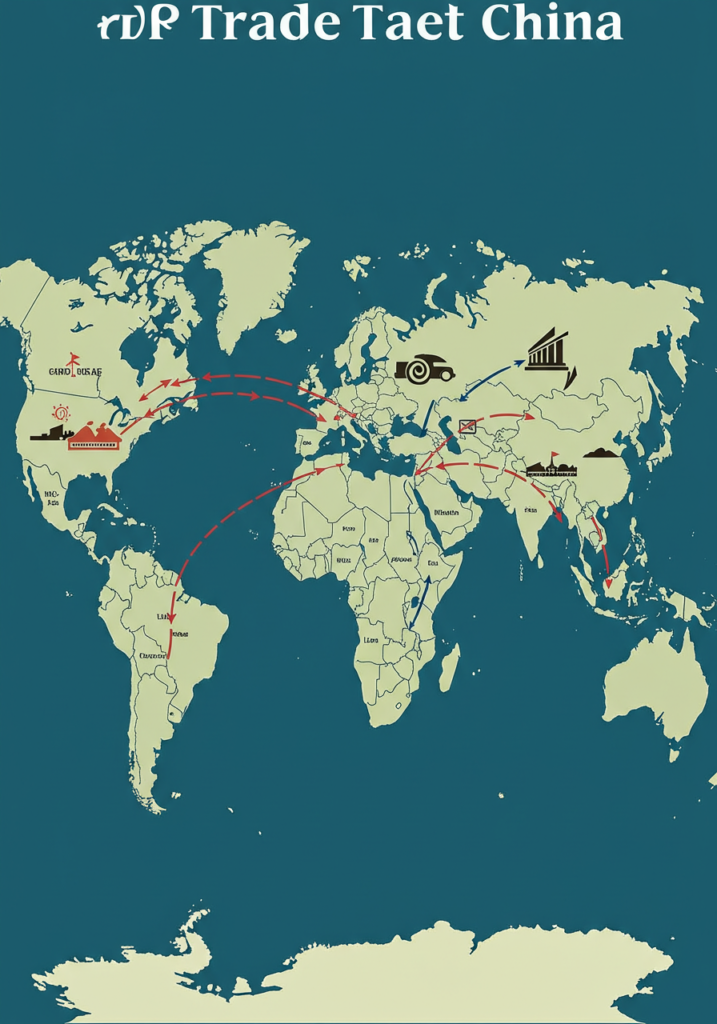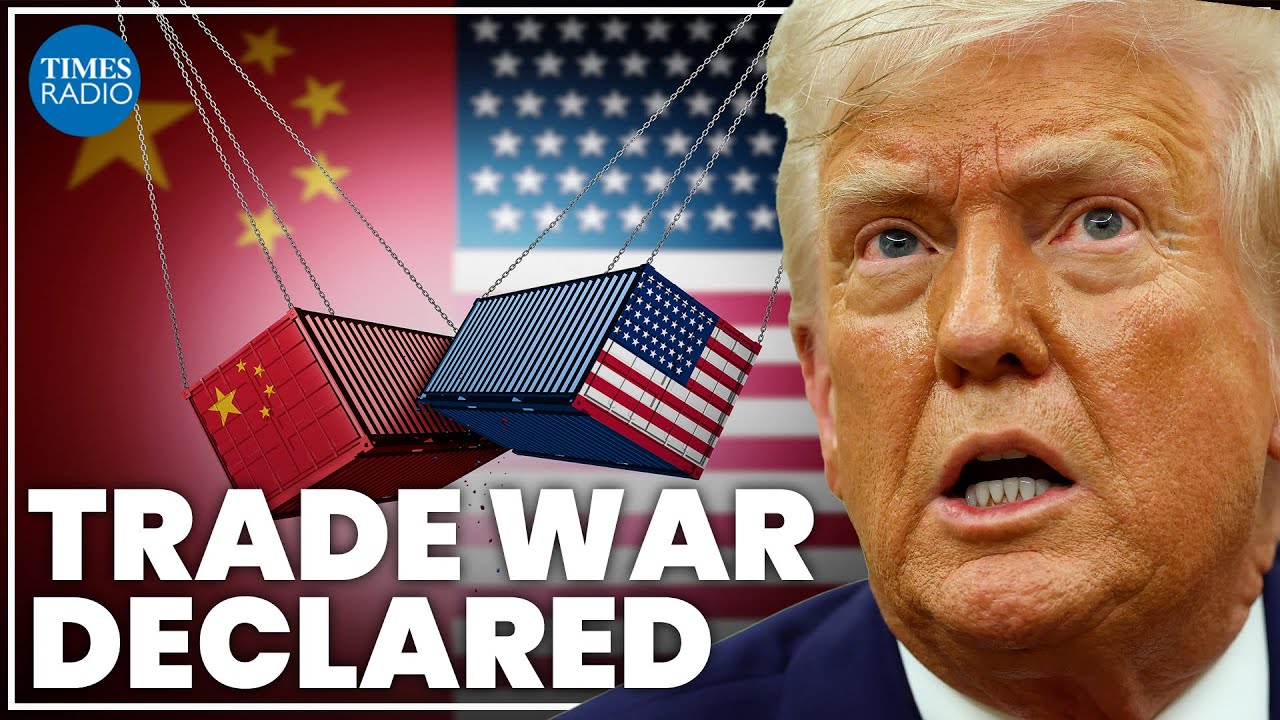Delve into the economic war between America and China, examining its impact on global trade dynamics and the future of international cooperation in a tense landscape..
Introduction
The economic relationship between the United States and China has been one of the most significant and complex partnerships of the 21st century. However, recent developments have escalated tensions between these two superpowers, leading many to declare the onset of an economic war. This blog explores the historical context, current events, and potential future implications of this economic conflict, which has reverberated across global markets and impacted economies worldwide.
Historical Context
The Rise of China
China’s economic transformation began in the late 20th century, particularly after the economic reforms initiated by Deng Xiaoping in the late 1970s. These reforms opened China to foreign investment and trade, leading to rapid industrialization and economic growth. By the early 21st century, China had become the world’s second-largest economy, a position that has increasingly put it at odds with the United States.
U.S.-China Economic Relations

The relationship between the U.S. and China has been marked by both cooperation and competition. In the early years of China’s economic rise, the U.S. viewed China as a partner in promoting global economic growth. The two countries engaged in extensive trade, with American companies benefiting from access to China’s vast market and cheap labor. However, as China’s economy continued to grow, concerns emerged regarding issues such as intellectual property theft, trade imbalances, and unfair trade practices.
The Trade War Begins
The seeds of the current economic war were sown in 2018 when the Trump administration imposed tariffs on a range of Chinese goods, citing unfair trade practices and the need to protect American industries. China retaliated with its own tariffs, leading to a tit-for-tat escalation that affected billions of dollars in trade. While the Biden administration initially sought to stabilize relations, ongoing tensions over technology, supply chains, and geopolitical issues have continued to stoke the flames of conflict.
Current Events
Technology and Cybersecurity
One of the most contentious areas in the U.S.-China economic war is technology. The U.S. has accused China of engaging in cyber espionage and stealing intellectual property from American companies. In response, the U.S. government has implemented measures to restrict Chinese access to advanced technologies, particularly in sectors such as semiconductors and artificial intelligence. The CHIPS Act, enacted in 2022, aims to boost U.S. semiconductor production and reduce reliance on Chinese manufacturing.
China, on the other hand, has prioritized self-sufficiency in technology through initiatives like “Made in China 2025,” which seeks to advance its capabilities in critical industries. This push for technological independence has led to increased investment in research and development, as well as efforts to cultivate domestic talent.
Supply Chain Disruptions
The COVID-19 pandemic exposed vulnerabilities in global supply chains, particularly those heavily reliant on China. As countries scrambled to secure essential goods, the U.S. began reassessing its dependence on Chinese manufacturing. This has led to a push for reshoring and diversifying supply chains, with American companies seeking to relocate production to countries like Vietnam and India.
China has responded by strengthening its domestic supply chains and promoting trade agreements with other nations. The Regional Comprehensive Economic Partnership (RCEP), which includes several Asian countries, is a testament to China’s efforts to solidify its economic influence in the region.
Geopolitical Tensions

The economic war is not occurring in a vacuum; it is deeply intertwined with geopolitical tensions. Issues such as China’s assertiveness in the South China Sea, its stance on Taiwan, and human rights concerns in Xinjiang and Hong Kong have further strained relations with the U.S. The Biden administration has taken a more confrontational approach, forming alliances with like-minded countries to counter China’s influence.
The Quad alliance, comprising the U.S., Japan, India, and Australia, represents a strategic partnership aimed at promoting a free and open Indo-Pacific. This coalition seeks to address security concerns while also fostering economic cooperation, highlighting the multifaceted nature of the U.S.-China rivalry.
Economic Implications
Impact on Global Markets

The economic war between the U.S. and China has significant implications for global markets. As both countries impose tariffs and trade restrictions, businesses worldwide are feeling the effects. Companies reliant on cross-border supply chains face increased costs and uncertainty, leading to volatility in stock markets.
Additionally, the competition for technological supremacy has sparked a race for innovation. Countries are investing heavily in research and development to stay ahead, resulting in a global scramble for talent and resources. This competition could lead to breakthroughs in various fields, but it also risks creating barriers to collaboration and knowledge sharing.
Inflation and Consumer Prices

The imposition of tariffs and trade barriers has contributed to rising inflation in both the U.S. and China. Consumers are facing higher prices for goods as companies pass on increased costs. This inflationary pressure has raised concerns among policymakers, who must balance the need for economic growth with the challenges posed by rising prices.
Moreover, the economic war has prompted discussions about the future of globalization. As countries reassess their trade relationships, there is a growing sentiment that the world may be moving toward a more fragmented economic landscape, characterized by regional blocs rather than a single global market.
The Future of Economic Relations
The trajectory of U.S.-China economic relations remains uncertain. While both countries recognize the importance of cooperation in areas such as climate change and public health, fundamental differences in their political systems and economic philosophies pose significant challenges. The potential for further escalation of the economic war looms large, with the risk of decoupling becoming increasingly plausible.
The Role of Multilateral Institutions
As tensions rise, the role of multilateral institutions such as the World Trade Organization (WTO) becomes crucial. These organizations can provide a platform for dialogue and negotiation, helping to resolve disputes and promote fair trade practices. However, the effectiveness of such institutions has been called into question, particularly as both the U.S. and China pursue unilateral measures to protect their interests.
Conclusion
The economic war between America and China marks a pivotal moment in global economic history. As these two superpowers navigate their complex relationship, the consequences of their actions will reverberate throughout the world. Businesses, governments, and consumers alike are grappling with the implications of this conflict, which has the potential to reshape the global economic landscape for years to come.
In this new era of economic tension, the need for strategic foresight, adaptability, and collaboration has never been more critical. As the world watches closely, the outcome of the U.S.-China economic war will undoubtedly influence the future of international relations and the global economy.

